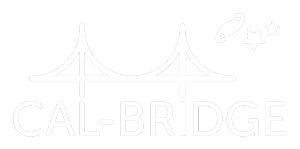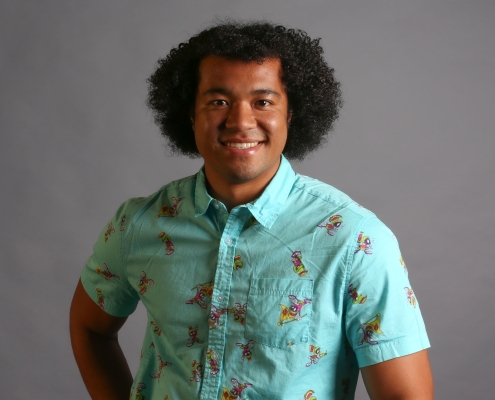Problem
The lack of diversity in the California public university STEM faculty is a persistent problem with multiple negative consequences, from low numbers of students from historically underrepresented (HU) groups participating in STEM education and training, to the lack of diversity in the state’s science and technology workforce.
California’s science and technology industries are a main economic driver of the state’s economy. Over 1.5 million people are employed in the tech industry in California representing 8% of the total workforce. The industry represents an even larger percentage (17%) of the state’s economy, generating over half a trillion ($526 billion) of economic activity annually. However, due to a lack of diversity in these industries, the state grossly underutilizes its talent: only 15% of the 1.5 million tech workers in California are Black (3%) or Latino (12%), and only 26% are women despite the latter two groups each comprising half the state’s population.
Solution
The Cal-Bridge program is a bottom-up, faculty-led, highly successful program that has the capacity to address the problem of lack of faculty diversity in California’s public higher education system.
Cal-Bridge breaks down barriers to entry into STEM fields for historically underrepresented groups and thereby diversifies California’s public university professoriate. The Cal-Bridge program provides financial support, intensive mentoring, professional development, and research opportunities to hundreds of diverse CSU and UC students through their entire educational path from undergraduate to doctorate to postdoctoral programs, thereby preparing them to join the California public university professoriate.
With sufficient, long-term funding, the program will produce as many as 2,000 diverse PhDs and 300 diverse faculty per decade in STEM disciplines from populations that are underrepresented in the California STEM professoriate and at the highest levels of the scientific workforce.
first gen




